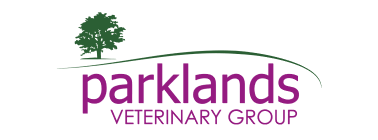Ask about our Puppy & Kitten Packs – only £65!
Packs include vaccine course, full veterinary consult, microchipping and more.
Ask in your branch today!
Packs include vaccine course, full veterinary consult, microchipping and more.
Ask in your branch today!
Protect the ones you love
Vaccinating our pets protects them, you and us too! Restart your pet’s vaccination course for the price of a booster, and help maintain year-round protection against infectious diseases.
(Offer valid until 31st August 2025)
Vaccinating our pets protects them, you and us too! Restart your pet’s vaccination course for the price of a booster, and help maintain year-round protection against infectious diseases.
(Offer valid until 31st August 2025)

